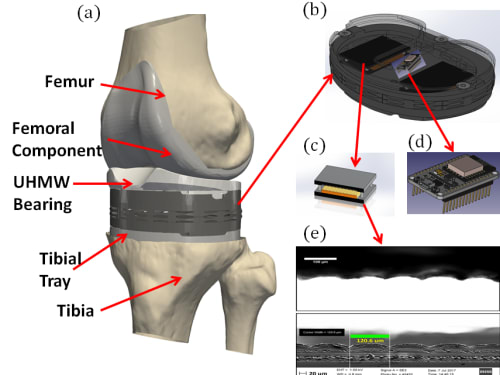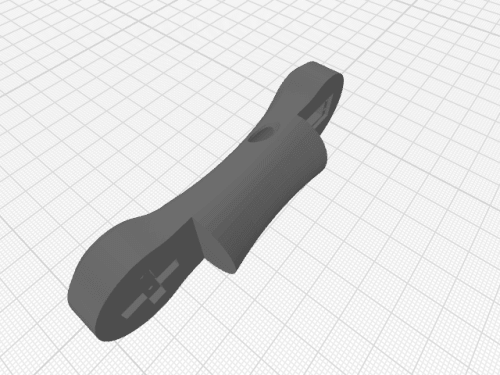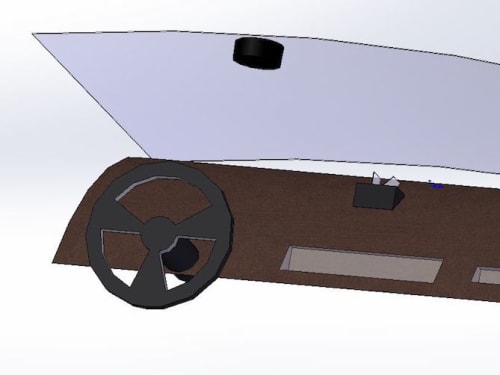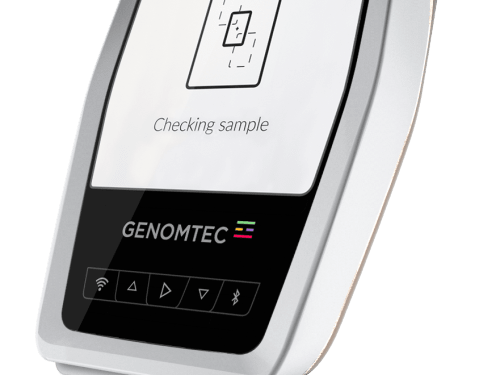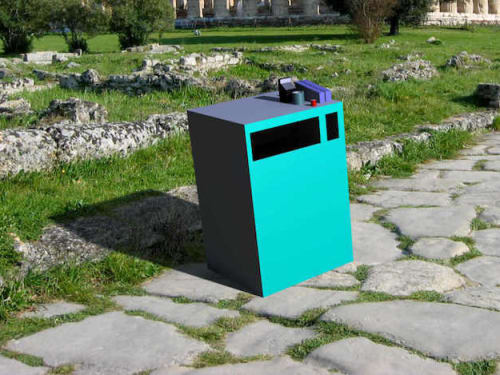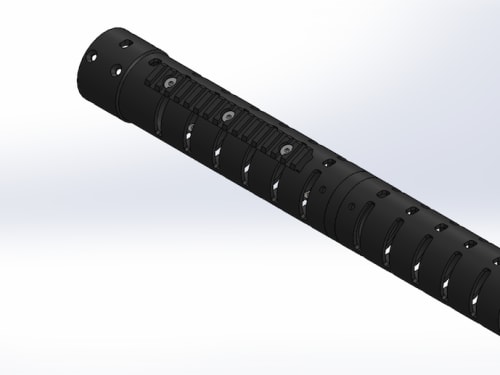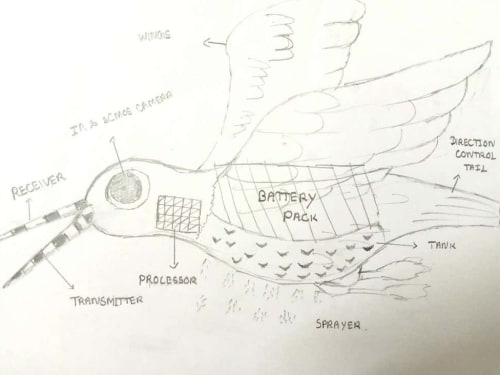Congratulations to Our 2025 Grand Prize and First Place Winners!
Imersiv, a breakthrough technology that improves audio performance by 100X compared to today’s very best audio equipment for applications ranging from sound engineering to space missions to medical imaging, was named the $25,000 grand prize winner at a live finalist round held November 7 in New York. Click here for the full list of winners. Also see the Top 100 highest scoring entries. Special thanks to our esteemed panel of judges.
Help build a better tomorrow
Since Tech Briefs magazine launched the Create the Future Design contest in 2002 to recognize and reward engineering innovation, over 16,000 design ideas have been submitted by engineers, students, and entrepreneurs in more than 100 countries. Join the innovators who dared to dream big by entering your ideas in our 2026 contest opening March 1.
Read About All the 2024 Winning Inventions

Special Report spotlights the eight amazing winners in 2024 as well as honorable mentions in each category, plus the top ten most popular entries as voted by our community.
Click here to read moreA ‘Create the Future’ Winner Featured on ‘Here’s an Idea’
Spinal cord injury affects 17,000 Americans and 700,000 people worldwide each year. A research team at NeuroPair, Inc. won the Grand Prize in the 2023 Create the Future Design Contest for a revolutionary approach to spinal cord repair. In this Here’s an Idea podcast episode, Dr. Johannes Dapprich, NeuroPair’s CEO and founder, discusses their groundbreaking approach that addresses a critical need in the medical field, offering a fast and minimally invasive solution to a long-standing problem.
Listen nowThank you from our Sponsors
“At COMSOL, we are very excited to recognize innovators and their important work this year. We are grateful for the opportunity to support the Create the Future Design Contest, which is an excellent platform for designers to showcase their ideas and products in front of a worldwide audience. Best of luck to all participants!”
— Bernt Nilsson, Senior Vice President of Marketing, COMSOL, Inc.
“From our beginnings, Mouser has supported engineers, innovators and students. We are proud of our longstanding support for the Create the Future Design Contest and the many innovations it has inspired.”
— Kevin Hess, Senior Vice President of Marketing, Mouser Electronics
contest
Contest
The basic objective is to increase profitability of crop production, improve product quality, and protect the environment. The inability to obtain soil characteristics rapidly and inexpensively remains one of the biggest limitations of precision agriculture. This sensor is based on electrical conductivity and electrochemical measurement concepts.
Our solution is a portable genetic lab that fits in the pocket. Combines mobility, ease of use and speed of analysis with professional amplification and detection of specific DNA and RNA fragments, useful for pathogen or mutation detection.
Blackspot technology
According to the U.S. Department of Transportation 17% of all motor vehicle environmentally related crashes was caused by Glare or blindness from sunlight. Between 2005 and 2007 this accounted for more than 9000 crash accidents in US.
This invention seeks to reduce the risk of sun blindness in five steps.
Plastics are a real time problem in each and every country but if we look deep into it we can find that maximum plastics are recyclable. The problem lies in the logistics part where maximum plastics are unable to reach the recycling industries. R-cube is a idea where a virtual force will help in keeping the environment clean.
Sexual assault and violence is notoriously hard to quantify but it happens everywhere – in farm fields, on the night shift and in the military. And it happens more often than we might think. According to a new data analysis from researchers at the University of Michigan, by the time women are in their mid-40s,
Typical AR style rifles have a round or hexagon shaped tube that wraps around the barrel to protect the operator from the heat of the barrel during firing while simultaneously providing a location to mount additional accessories which facilitate the operation of the rifle such as lighting, aiming, etc. On most AR style rifle handguards,
We as a team have designed a product named the Hovering Soldier to solve one of the important security challenges faced by the soldiers at the borders to protect one’s own territory and at the same time for the internal stability of the nation.
Page 294 of 1029

